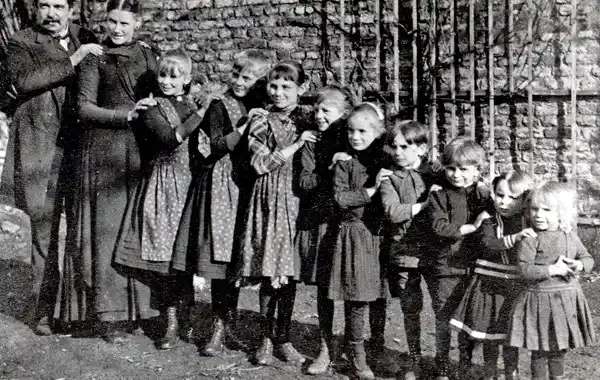20 January 2021
|
Locate missing ancestors on the census for Scotland with our seven-point checklist.
The census is one of the most useful records for tracing ancestors, and yet there can be instances when you simply can’t find an ancestor on the census.
Read on to find out why your ancestor might be missing from the census, and some ideas on how to locate the person in question.
1. They were visiting friends or family elsewhere
Although we might imagine that our ancestors led simple lives, living and dying within a few miles of the place where they were born, many of our forebears were surprisingly mobile. Your ancestor might have been visiting friends or family in another town, away on holiday or even staying with relatives, for example to help out a daughter after the birth of a baby. If you know of any family members who were alive at the same time, search for them on the census to check whether your missing ancestor is there.
2. They had left the country
In keeping with the above point, if an ancestor is missing from the census it may be that he or she had emigrated or was visiting family overseas. Check out our guide to using passenger lists to help identify missing ancestors.
3. They lived outside a ‘traditional’ home set-up
Perhaps at the time of the census your ancestor was living in a set-up which you hadn’t imagined. He or she may have been a live-in servant or lodger, resident in a hospital or workhouse, or even on board a ship. Be open minded when conducting your search and don’t bypass those results which don’t match the address or town you have in mind.
4. There had been a transcription error
Despite the hard work of census enumerators over the decades, the truth is that errors were made, either at the point the census was taken, or as census information has been transferred into different formats over the years.
If you can’t find your ancestor where you expect them, try searching for a different member of the same family, looking at nearby streets, and searching using the variants in the next paragraph. Also, always examine the original census entry rather than just a transcript, as you may be able to identify a misspelling at source.
5. Their name was spelt incorrectly
The spelling of both first names and surnames was more fluid in years gone by and you may find an ancestor listed on different censuses with variants of the same surname, eg Hanney, Hanney, Ainey, and so on. If your searches draw a blank try a Soundex search (offered by many of the major genealogy websites) which disregards vowels and some common consonants, and also phonetic spelling – spelling words the way they sound when spoken.
6. They are listed on a lost portion of the census
Despite its usefulness as a family history resource, unfortunately some portions of the 1841 census are missing. National Records of Scotland has a useful guide here that explains the context of the missing pages (mainly parishes in Fife) and lists which places were affected.
7. And finally…
If all else fails, you may have to conclude that your ancestor had died by the time the census in question was taken. However, this in itself is a clue – for example, if you’ve found your ancestor on the 1861 census but all searches turn up nothing for 1871, then you can narrow your search for death and burial records to the years between 1861 and 1871.
 And to learn even more about how to use the census for your family history, download our new PDF guide just £1.99, HERE.
And to learn even more about how to use the census for your family history, download our new PDF guide just £1.99, HERE.








